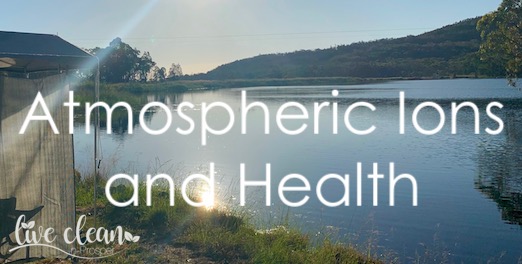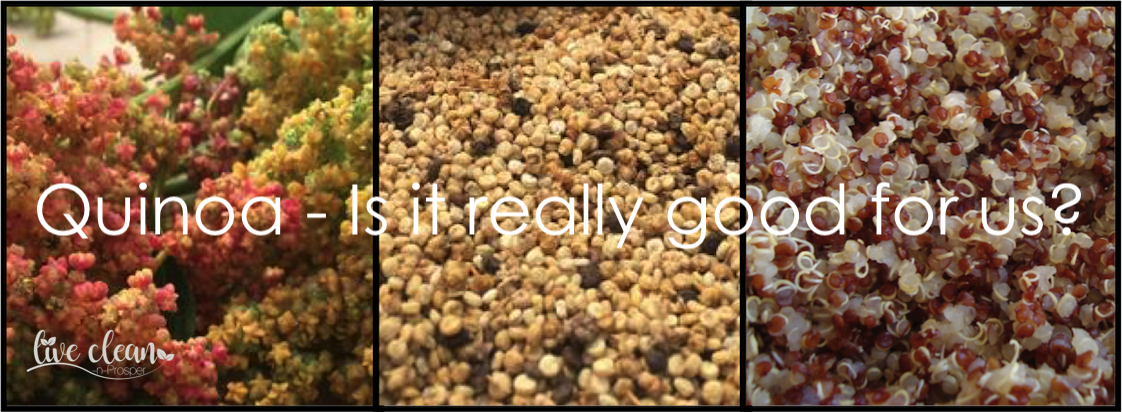Todays post is about the affect of atmospheric ions on our health.
Recently Scott and I were discussing the benefits of spending time outdoors, in a relaxed environment. As with most people, we have found that just spending time at the park or at the beach improves our mood and sometimes our health.
This prompted me to consider if there was any documented science to support this theory.
So, I did a bit of research and am sharing what I found.
I found several scientific studies and articles discussing the relationship between the atmosphere and its influence on health and mood. I am not taking about the attitudes of others around us either, though this can play a part.
First, what are Atmospheric Ions?
Science has found that the atmosphere we breathe normally is full of positive and negative ions. Air ions are invisible, electrically charged molecules or atoms in the atmosphere. Some particles are positively charged and some are negatively charged.
Negative air ions (NAIs) were actually discovered more than 100 years ago.
These ions are also present in our bodies, the positive and the negative ones.
NAI’s are abundant in nature. In fact, you will find the highest concentrations of negative ions around waterfalls, on the ocean, at the beach and after a storm. They are widespread in mountains and forests.
In polluted cities, crowded areas and in confined spaces such as offices, industrial areas, schools and cars, you will find the highest concentration of positive ions. These “Concrete Jungles” minimise the natural production of negative ions by disrupting the delicate electrical balance between the atmosphere and the earth.
Positive ions have been found to have a disruptive influence on our health. Headaches, sleepiness, low attention spans and a general sense of feeling unwell are just some of the side effects of spending too long indoors.
Atmospheric ions and health
Once they reach our bloodstream, ions are believed to produce biochemical reactions. Research has found that negative ions contribute to overall well-being and health.
High concentrations of negative air ions are essential for high energy and positive mood. This is why fresh air and sunshine have an invigorating effect. Alternatively, being closed in with little light corresponds with depressed feelings.
Scientists are now working with manufacturers to develop NAI generation systems. Systems that can be used to freshen indoor air and in addition to enriching oxygen content in homes, schools, hospitals, airports, and other indoor areas.
Health benefits of NAI’s include:
- Decreased blood pressure
- Increased concentration and productivity
- Improved psychological health
- Revitalised cell metabolism.
- Enhanced immune function.
- Purify the blood.
- and finally they balance the autonomic nervous system, promoting deep sleep and healthy digestion.
There was so much more information available, but it is too confusing to share.
Basically, this explains why we feel so much better after spending some relaxing time outdoors, in the fresh air.
So, we are not imagining it. It’s important to schedule a date with nature to upload on negative ions.
Till the next post,
Live clean n Prosper
Sources: Study Resource – National Library of Medicine – The Owner’s Manual for the Brain, Everyday Applications from Mind-Brain Research –



